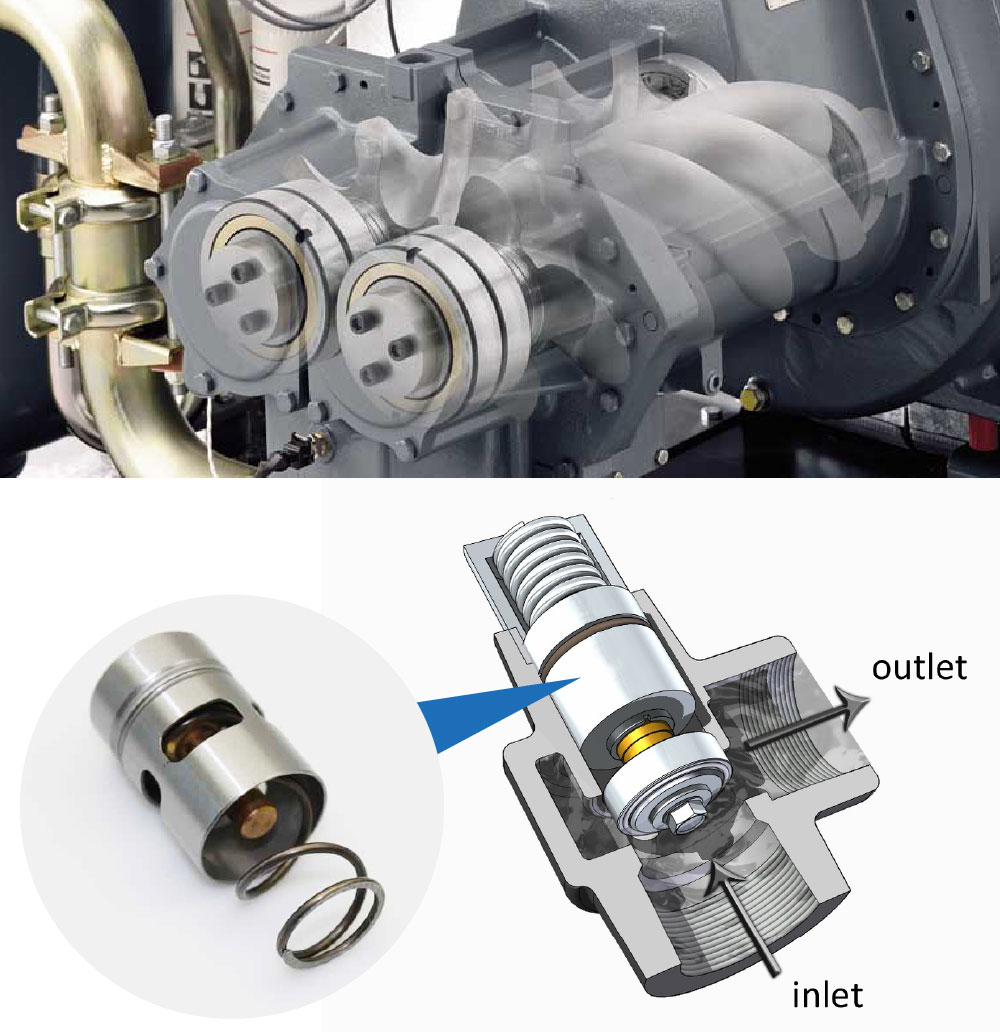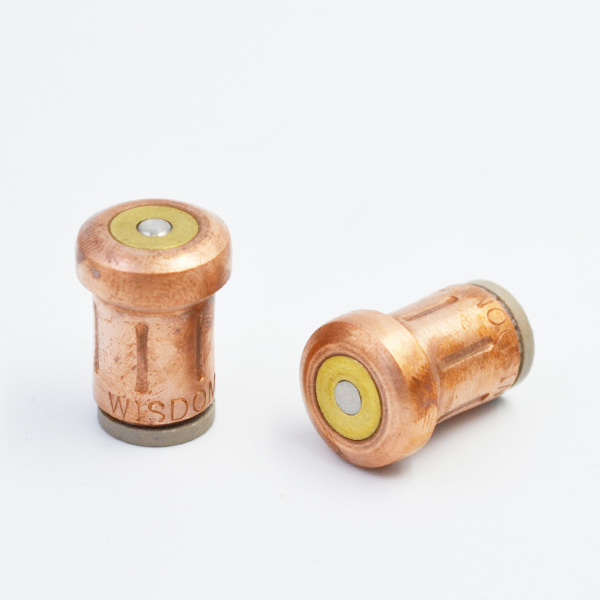Nowadays, there are more and more kinds of electronic products around us, from mobile phones, laptops, mobile power supply, to UAVs and power tools, without exception, these products are equipped with charging interfaces. The most distressing thing is that the interface of each product is very different and it is very difficult to be compatible with each other. After product updating, these charging lines and chargers can only be turned into electronic waste. With the continuous improvement of USB Type-C and USB Power Transmission (PD) standards and products, these problems are expected to be solved. Not long ago, TI introduced a pair of single chip buck-boost battery charging controllers, bq25703A and bq25700A. With excellent flexibility, they are very suitable for 1 to 4 sections (1S to 4S) design. The synchronous charging controllers of bq25703A and bq25700A provide efficient charging for terminal devices such as notebook computers, tablets, mobile power supplies, UAVs and smart home applications through USB Type-C and other USB ports. As far as Type-C and USB PDs are concerned, they have entered the practical stage. With the implementation of the whole process standard, USB Type-C and USB PD provide a single, two-way interface for power, data and video transmission between different computing and personal electronic products, which greatly improves the user experience. One is the flexibility of input sources. The USB-PD compatibility of the device has a wide input voltage range of 3.5V to 24V. Designers can use it on a variety of ports (including USB 2.0, USB 3.0 and the latest standard USB Type-C). Support a wide range of power supplies such as various charger adapters. The second is the compatibility of wide USB On-the-Go (OTG) output.

The wide output range of the product supports 5V to 20V input ready devices, which can provide adjustable output for USB0TG through programmable current regulation. Maximum output capacity is over 100W, fully compatible with USB PD.
Third, high efficiency. Bq25703A and bq25700A are the most efficient step-up and step-down chargers in the industry, up to 97%, nearly 4 percentage points higher than other products. In addition, it can ensure seamless conversion between different modes of charging equipment, ensure efficient conversion between 1S to 4S output and step-down and step-up operation, without any dead zone, and provide uninterrupted OTG power supply. Fourth, compact configuration.

With TI’s new battery charging algorithm and intelligent detection function, bq25703A and bq25700A support a wide range of input and output voltages, resulting in a more compact adapter design. In many applications, the current capacity of the power supply is unknown. For example, in USB applications, third-party adapters may not meet standard current ratings; and in high impedance, variable voltage power supplies (such as solar panels), real-time knowledge of maximum power capability is required. ICO is the best solution to these problems. It verifies the rated power of the adapter to ensure the safe operation of the adapter without overload.
In principle, ICO is mainly used to detect the capability of various adapters and optimize the capability of adapters without overload through the function of ICO. IcO technology is TI’s strong point. They pay great attention to the improvement of conversion efficiency. The maximum input power of these two products depends on the ICO function. As shown in Figure 1, through ICO process optimization, the original nominal 750 mA adapter can work safely at 850 mA, effectively improving the power supply capacity of the adapter without overload. Because Type-C and USB PDs have high power transmission capability, they are widely used. For applications that need to be compatible with power sources with different voltage and power levels, such as UAVs, which have multiple battery packs, step-down and step-up chargers are ideal choices.
Firstly, the flight time of UAV is usually measured in minutes (5-30 minutes). Users often prepare several batteries to enhance their experience.
Secondly, customized adapters usually charge only some fixed series of batteries. Using adapters compatible with USB Type C interface, they can charge batteries of different series. In addition, bq25703A and bq25700A support up to 6.35A charging current and have a wide range of protection functions, including helping to obtain maximum power transmission capability from various adapters. It not only has excellent performance in performance, efficiency and power consumption, thermostatic element but also improves the input power of adapter significantly by TI’s unique ICO function, which shortens the charging time for UAV batteries. Bq25703A and bq25700A extend TI’s battery charger solution portfolio, providing switching mode fast chargers and linear chargers for various applications and power levels. In order to speed up the market, designers can also use the bq25700A evaluation module (EVM) to easily evaluate the characteristics and performance of the device, and calculate the efficiency of the battery charging controller through the WEBENCH battery charger designer.
